Home>Maintenance & Safety>Pest Control Solutions>How To Eliminate Yellow Jackets In The Ground
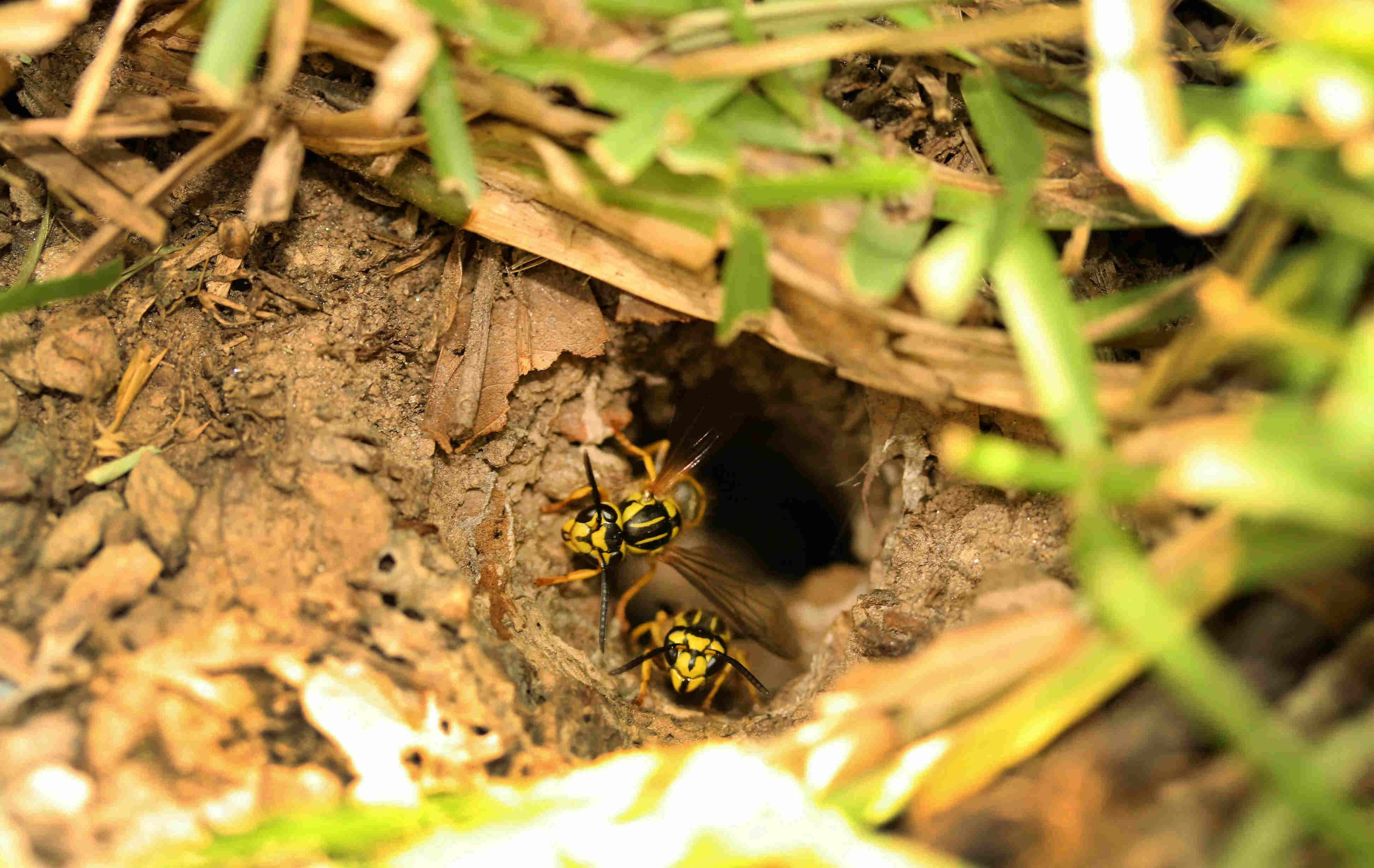

Pest Control Solutions
How To Eliminate Yellow Jackets In The Ground
Modified: March 2, 2024
Looking for effective pest control solutions to eliminate yellow jackets in the ground? Discover expert tips and methods to get rid of these pests quickly and safely.
(Many of the links in this article redirect to a specific reviewed product. Your purchase of these products through affiliate links helps to generate commission for Storables.com, at no extra cost. Learn more)
Introduction
Yellow jackets are aggressive stinging insects that can pose a significant threat, especially when their nests are located in the ground. These ground-dwelling pests are known for their painful stings and can cause distress to both humans and pets. Identifying and eliminating yellow jacket nests in the ground requires careful consideration and strategic approaches to ensure the safety of everyone involved.
Understanding the behavior and habits of yellow jackets is crucial in effectively addressing infestations. These insects are known for their territorial nature and will vigorously defend their nests if they feel threatened. As a result, attempting to remove or disturb a yellow jacket nest without the proper knowledge and precautions can lead to painful stings and potential health risks.
In this comprehensive guide, we will explore the various methods for identifying and eliminating yellow jacket nests in the ground. From natural remedies to chemical solutions, we will delve into the most effective strategies for eradicating these pests while prioritizing safety and environmental considerations. Additionally, we will discuss preventive measures to minimize the likelihood of future yellow jacket infestations, providing you with the knowledge and tools to protect your home and outdoor spaces.
By gaining insight into the behavior and nesting habits of yellow jackets, you will be better equipped to address infestations with confidence and precision. Whether you are dealing with a small nest in your backyard or a larger infestation near your property, this guide will empower you to take proactive steps in managing and eliminating ground-dwelling yellow jackets effectively.
As we embark on this journey to tackle the challenge of yellow jacket infestations, it is essential to approach the task with a combination of caution, knowledge, and determination. By arming yourself with the right information and strategies, you can safeguard your living environment and enjoy peace of mind, free from the threat of ground-dwelling yellow jackets.
Key Takeaways:
- Stay Safe and Prepared
When dealing with yellow jacket nests in the ground, prioritize safety by wearing protective clothing, inspecting at dusk or dawn, and having an emergency response plan ready. Professional help is also an option for extensive infestations. - Natural and Chemical Solutions
You can use natural methods like homemade traps and peppermint oil to repel yellow jackets. If needed, chemical solutions like insecticidal dusts and professional pest control services can effectively eliminate ground-dwelling yellow jacket nests.
Read more: How To Trap Yellow Jackets
Identifying Yellow Jacket Nests in the Ground
Identifying yellow jacket nests in the ground is a crucial first step in effectively addressing infestations and ensuring the safety of your outdoor spaces. Ground-dwelling yellow jackets, scientifically known as Vespula spp., are known for their distinctive nesting behaviors and territorial nature. Understanding the key indicators of a yellow jacket nest in the ground can help you take proactive measures to manage infestations and minimize potential risks.
Visual Cues
One of the primary visual cues for identifying a yellow jacket nest in the ground is the presence of a noticeable entrance hole. These entrance holes are typically small, ranging from a quarter to half an inch in diameter, and are often located in well-drained soil or sandy areas. Observing yellow jackets entering and exiting these holes, especially during the daytime, can provide valuable insight into the location of their underground nest.
Nest Characteristics
Yellow jacket nests in the ground are constructed using chewed wood fibers mixed with saliva, creating a papery material that forms the nest's outer shell. The nests are typically located in abandoned rodent burrows, hollow tree stumps, or other subterranean cavities. As the colony grows, the nest expands in size and may consist of multiple layers, with the interior chambers housing the queen, larvae, and worker yellow jackets.
Behavioral Patterns
Monitoring the behavior of yellow jackets in outdoor spaces can also aid in identifying ground nests. Yellow jackets are highly active during the warmer months, and their foraging activities around food sources, such as flowers, garbage cans, and outdoor dining areas, can indicate the proximity of their underground nest. Additionally, heightened aggression and territorial behavior near specific areas may signal the presence of a yellow jacket nest in the ground.
Read more: How To Repel Yellow Jackets
Professional Inspection
In cases where the location and extent of a yellow jacket nest are uncertain, seeking the assistance of pest control professionals can provide a thorough assessment of the situation. Trained experts can employ specialized techniques, such as using infrared cameras or acoustic devices, to pinpoint the exact location of underground nests and develop targeted strategies for their elimination.
By familiarizing yourself with the visual cues, nest characteristics, and behavioral patterns associated with ground-dwelling yellow jacket nests, you can enhance your ability to identify and address infestations effectively. This knowledge serves as a valuable foundation for implementing appropriate control measures and safeguarding your outdoor environment from the potential hazards posed by yellow jacket colonies nesting in the ground.
Safety Precautions
When dealing with yellow jacket nests in the ground, prioritizing safety is paramount to mitigate the risk of stings and potential confrontations with these aggressive insects. Implementing the following safety precautions is essential for safeguarding yourself, your family, and your pets while addressing yellow jacket infestations:
-
Protective Clothing: Before approaching a suspected yellow jacket nest, ensure that you are equipped with appropriate protective clothing. This includes wearing thick, long-sleeved clothing, pants, gloves, and closed-toe shoes to minimize exposure to potential stings.
-
Dusk or Dawn Inspections: Conduct inspections and nest management activities during the early morning or late evening when yellow jackets are typically less active. This timing reduces the likelihood of encountering aggressive behavior from the colony.
-
Avoid Agitation: Refrain from making sudden movements or loud noises near the nest site, as these actions can agitate the yellow jackets and trigger defensive responses. Maintaining a calm and composed demeanor is crucial to minimize the risk of provoking the insects.
-
Keep Children and Pets Away: Create a safe distance between children, pets, and the vicinity of the yellow jacket nest. Educate family members and caregivers about the potential hazards and the importance of avoiding areas where ground-dwelling yellow jackets are present.
-
Emergency Response Plan: Prepare an emergency response plan in the event of stings or unexpected confrontations with yellow jackets. Have access to first-aid supplies and be familiar with the appropriate measures for treating stings, including the use of antihistamines and seeking medical attention if necessary.
-
Professional Assistance: For extensive or challenging infestations, consider seeking professional pest control services. Trained professionals have the expertise and specialized equipment to manage yellow jacket nests safely and effectively, minimizing the risk to homeowners and occupants.
By adhering to these safety precautions, you can approach the task of addressing yellow jacket nests in the ground with a heightened awareness of potential risks and the necessary measures to mitigate them. Prioritizing safety not only protects individuals from stings and potential allergic reactions but also contributes to a more controlled and secure approach to managing ground-dwelling yellow jacket infestations.
Natural Methods for Eliminating Yellow Jackets
When it comes to addressing yellow jacket infestations in the ground, natural methods offer environmentally friendly and non-toxic alternatives for eliminating these aggressive insects. By harnessing the power of natural deterrents and strategic interventions, homeowners can effectively manage yellow jacket nests while minimizing the impact on the surrounding ecosystem. Here are several natural methods for eliminating yellow jackets:
Homemade Traps
Creating homemade traps using readily available materials can help capture and reduce the yellow jacket population around your property. One popular trap involves using a plastic bottle filled with a sweet liquid, such as fruit juice or soda, to attract the yellow jackets. By placing these traps near the nest site or areas of high yellow jacket activity, you can intercept and contain the insects, gradually reducing their numbers.
Read more: How Harmful Are Yellow Jackets?
Peppermint Oil Repellent
Peppermint oil is known for its strong and pleasant aroma, but it also serves as a natural repellent for yellow jackets. By mixing a few drops of peppermint oil with water and spraying the solution around the entrance of the nest or other targeted areas, you can deter yellow jackets from lingering in those spaces. The potent scent of peppermint disrupts the insects' communication and foraging patterns, prompting them to seek alternative locations away from your property.
Soap and Water Solution
A simple yet effective method for neutralizing yellow jacket activity involves using a soap and water solution. By combining liquid dish soap with water in a spray bottle, you can directly apply the solution to the entrance hole of the nest or areas where yellow jackets congregate. The soap disrupts the insects' respiratory system, causing them to suffocate and perish. This approach offers a non-toxic and environmentally safe means of reducing yellow jacket populations.
Plant-Based Deterrents
Certain plant species, such as spearmint, thyme, and eucalyptus, possess natural repellent properties that can discourage yellow jackets from establishing nests in specific areas. Planting these aromatic herbs and utilizing their essential oils as natural deterrents can create an inhospitable environment for yellow jackets, deterring them from nesting and foraging near your home. Additionally, these plants contribute to the overall biodiversity of your garden while serving as natural barriers against yellow jackets.
Nest Removal and Exclusion
For smaller yellow jacket nests in the ground, physical removal and exclusion techniques can be employed to disrupt the colony and prevent future infestations. Using caution and protective gear, carefully excavate the nest and relocate it to a remote area away from human activity. Additionally, sealing off potential entry points, such as gaps in exterior walls or cracks in the ground, can prevent yellow jackets from re-establishing nests in the same locations.
By incorporating these natural methods into your yellow jacket management strategy, you can effectively address ground-dwelling infestations while promoting a harmonious coexistence with the surrounding environment. These natural approaches offer sustainable and non-invasive solutions for homeowners seeking to eliminate yellow jackets without resorting to chemical interventions.
Read more: How To Keep Away Yellow Jackets
Using Chemical Solutions to Eliminate Yellow Jackets
When natural methods are insufficient or when dealing with extensive yellow jacket infestations in the ground, chemical solutions can provide effective means of eradication. It is essential to approach the use of chemical treatments with caution and adhere to safety guidelines to minimize environmental impact and ensure the well-being of humans and pets. Here are several chemical solutions commonly employed for eliminating ground-dwelling yellow jackets:
Insecticidal Dusts
Insecticidal dusts, such as carbaryl and permethrin, are effective for targeting yellow jacket nests in the ground. These dusts are applied directly into the entrance hole of the nest, allowing the fine particles to penetrate the chambers and come into contact with the yellow jackets. The insecticidal properties of these dusts disrupt the colony's activity and lead to the eventual elimination of the nest. It is crucial to apply insecticidal dusts according to the manufacturer's instructions and use protective gear to prevent exposure during the application process.
Liquid Insecticides
Liquid insecticides, including pyrethroid-based formulations, offer a potent solution for controlling ground-dwelling yellow jackets. These products are typically applied using specialized equipment, such as pressurized sprayers, to deliver the insecticide directly into the nest entrance or targeted areas. The active ingredients in liquid insecticides act swiftly to neutralize yellow jackets upon contact, effectively reducing the population and dismantling the nest. Careful application and adherence to safety precautions are essential when utilizing liquid insecticides to eliminate yellow jackets.
Aerosol Sprays
Aerosol insecticide sprays designed specifically for yellow jacket control can provide a convenient and targeted approach to addressing ground nests. These sprays are equipped with extended-reach nozzles, allowing for precise application into the entrance holes or other access points of the nest. The rapid-acting nature of aerosol sprays ensures quick knockdown of yellow jackets and facilitates the dismantling of the colony. When using aerosol sprays, it is important to follow the product's instructions and exercise caution to prevent accidental exposure.
Read more: What Is Yellow Jackets About
Professional Pest Control Services
In cases where yellow jacket infestations pose significant challenges or safety concerns, enlisting the expertise of professional pest control services is a prudent choice. Trained professionals have access to specialized insecticides and application techniques tailored for ground-dwelling yellow jackets. Additionally, they possess the knowledge and experience to assess the infestation, develop targeted treatment plans, and execute the eradication process with precision and efficiency. By engaging professional pest control services, homeowners can ensure the thorough and safe elimination of yellow jacket nests in the ground.
When utilizing chemical solutions to eliminate ground-dwelling yellow jackets, it is imperative to prioritize safety, environmental responsibility, and compliance with local regulations. Careful consideration of the potential impact on non-target organisms and ecosystems is essential when selecting and applying chemical treatments. By approaching the use of chemical solutions with mindfulness and adherence to best practices, homeowners can effectively address yellow jacket infestations while minimizing risks and promoting environmental stewardship.
Preventing Future Yellow Jacket Nests in the Ground
After successfully eliminating a yellow jacket nest in the ground, it is essential to implement preventive measures to minimize the likelihood of future infestations. By proactively addressing conducive conditions and implementing strategic interventions, homeowners can create an environment that is less attractive to ground-dwelling yellow jackets. Here are several effective strategies for preventing future yellow jacket nests in the ground:
Sanitation and Waste Management
Maintaining proper sanitation practices around outdoor spaces is crucial for reducing the attractiveness of the area to yellow jackets. Regularly clean and secure garbage cans and recycling bins to minimize food sources that may attract foraging yellow jackets. Promptly dispose of food scraps and residues, and ensure that outdoor dining areas are kept clean to mitigate the risk of attracting these pests.
Sealing Entry Points
Identifying and sealing potential entry points that yellow jackets may exploit to establish ground nests is an important preventive measure. Conduct a thorough inspection of the exterior of your home, paying attention to gaps in siding, cracks in foundations, and openings around utility penetrations. Use sealants and caulk to close off these entry points, reducing the likelihood of yellow jackets finding suitable nesting sites near your property.
Read more: When Are Yellow Jackets Active
Landscaping Modifications
Strategic landscaping modifications can contribute to creating an environment that is less conducive to yellow jacket nesting. Trim overgrown vegetation, particularly near the house, to minimize potential nesting sites. Additionally, consider planting insect-repelling and aromatic plants, such as marigolds, mint, and citronella, to naturally deter yellow jackets from establishing nests in your outdoor spaces.
Nest Monitoring and Early Intervention
Regular monitoring of outdoor areas for signs of yellow jacket activity can facilitate early intervention to prevent nest establishment. Keep an eye out for individual yellow jackets foraging or scouting for potential nesting sites. By promptly addressing any emerging yellow jacket activity, such as filling in potential nest sites or deploying natural deterrents, you can disrupt the insects' nesting behaviors before colonies become established.
Read more: What Is Yellow Jackets About
Professional Pest Control Services
Engaging professional pest control services for routine inspections and preventive treatments can provide long-term protection against yellow jacket infestations. Pest control professionals can assess the property, identify potential risk factors, and implement targeted interventions to deter yellow jackets from nesting in the ground. Regular maintenance and preventive treatments can significantly reduce the likelihood of future infestations.
By integrating these preventive strategies into your outdoor maintenance and pest management practices, you can create an environment that is less hospitable to ground-dwelling yellow jackets. Proactive measures, combined with ongoing vigilance, contribute to a comprehensive approach to preventing future infestations and maintaining a harmonious outdoor living space for you and your family.
Frequently Asked Questions about How To Eliminate Yellow Jackets In The Ground
Was this page helpful?
At Storables.com, we guarantee accurate and reliable information. Our content, validated by Expert Board Contributors, is crafted following stringent Editorial Policies. We're committed to providing you with well-researched, expert-backed insights for all your informational needs.
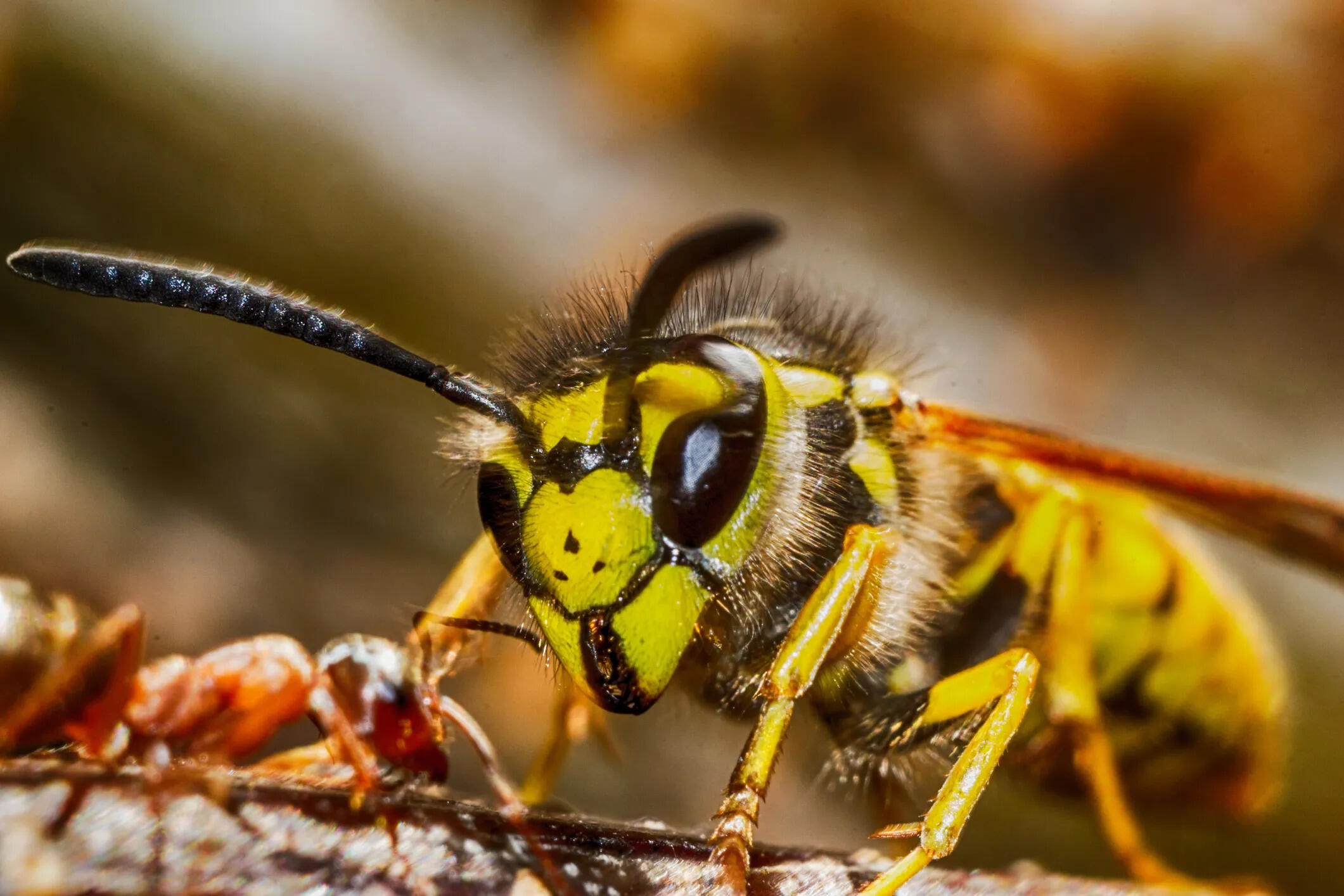
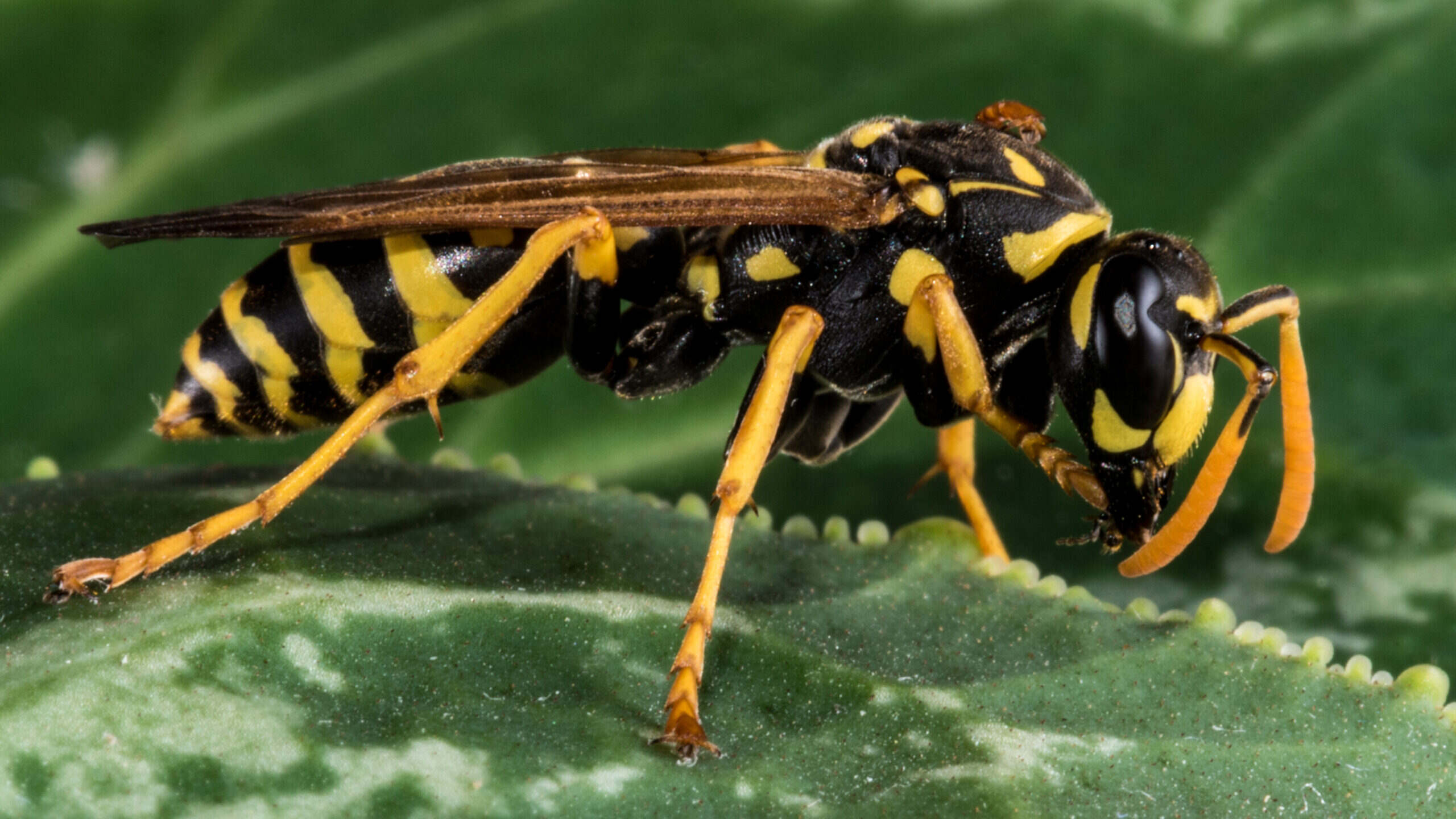
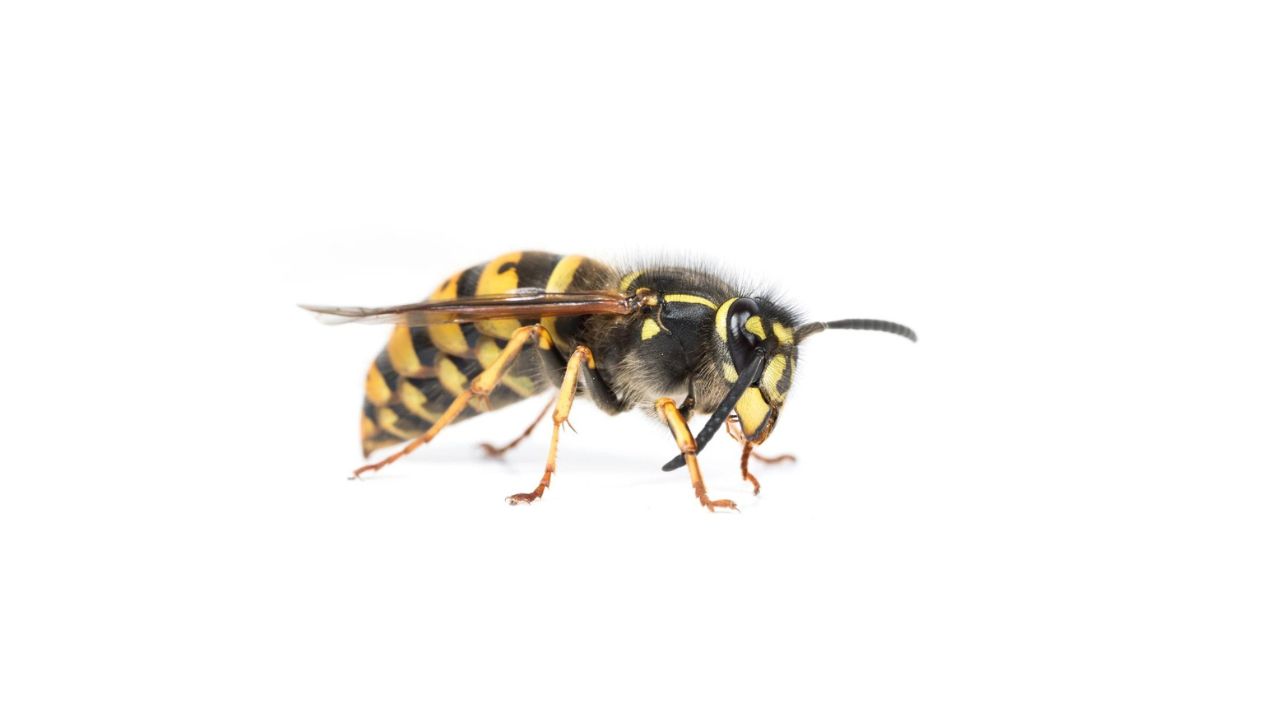
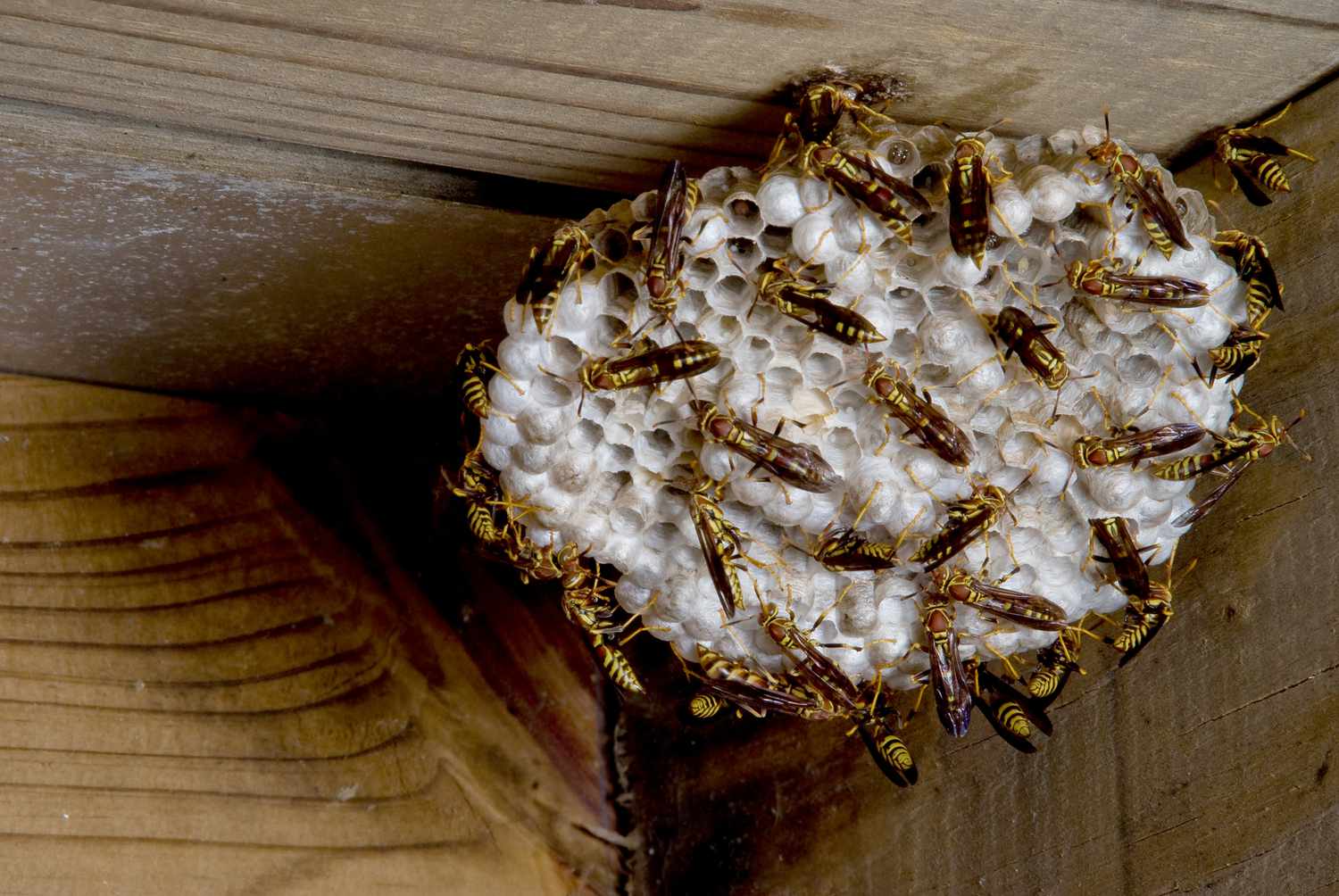
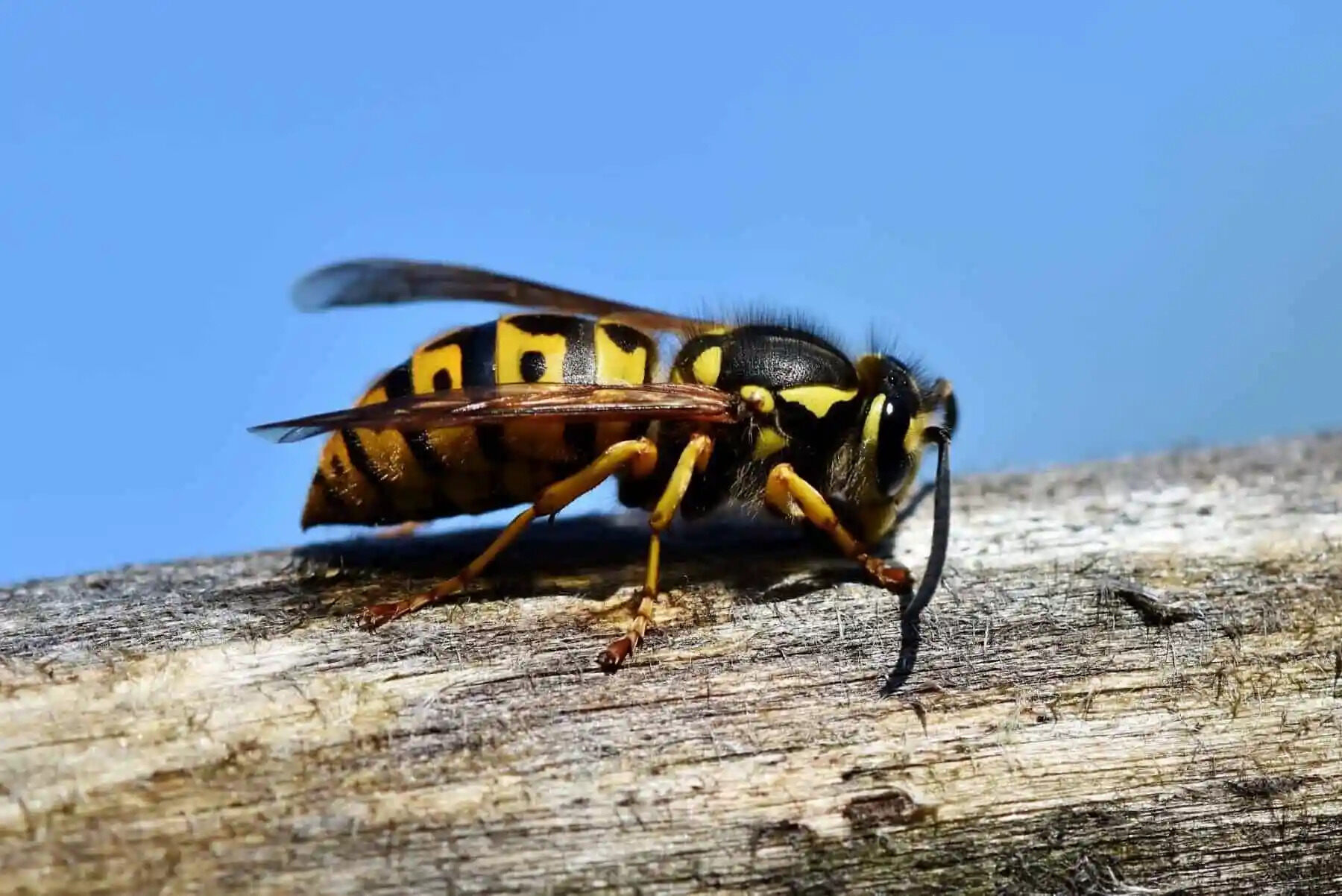
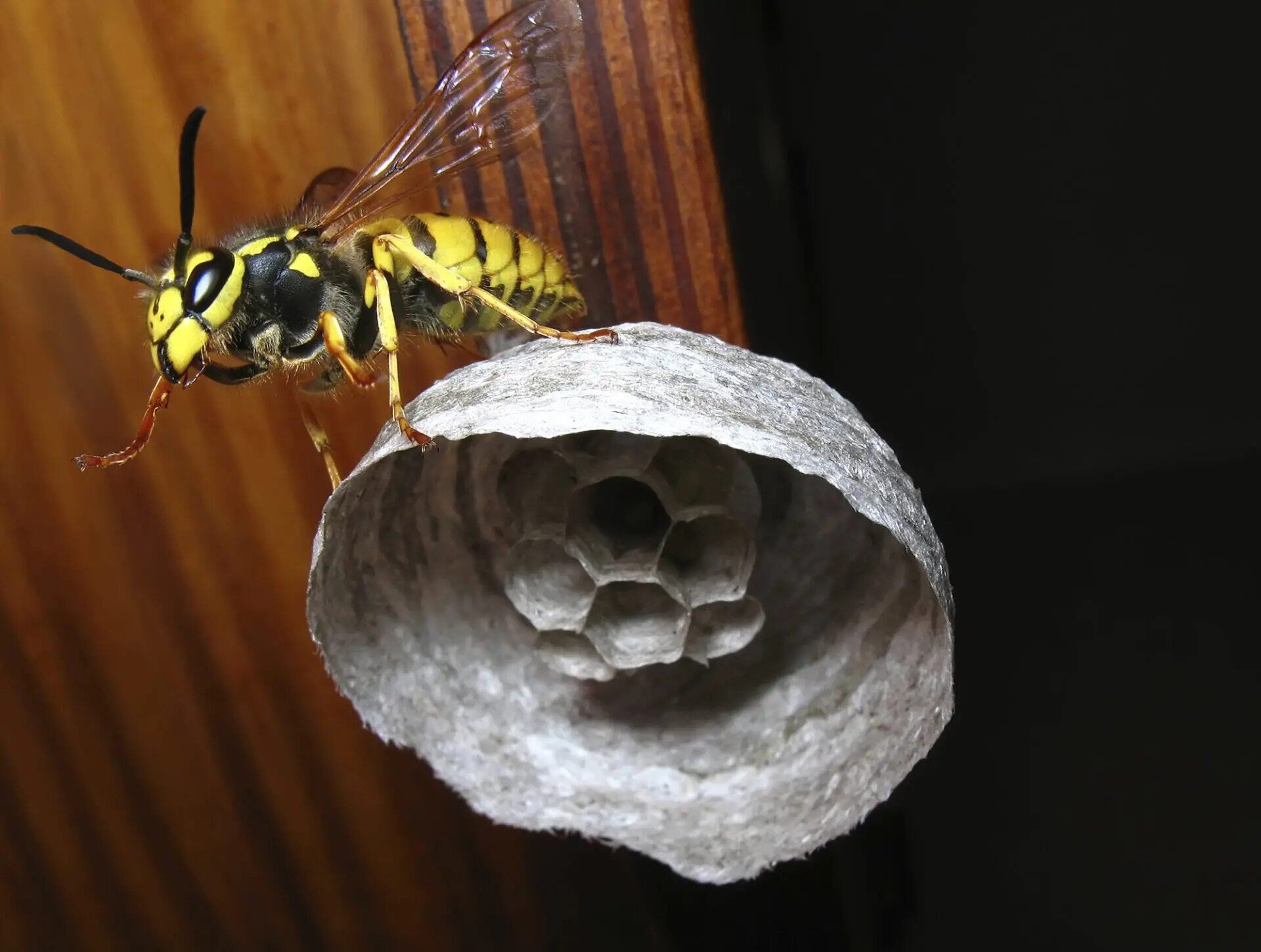
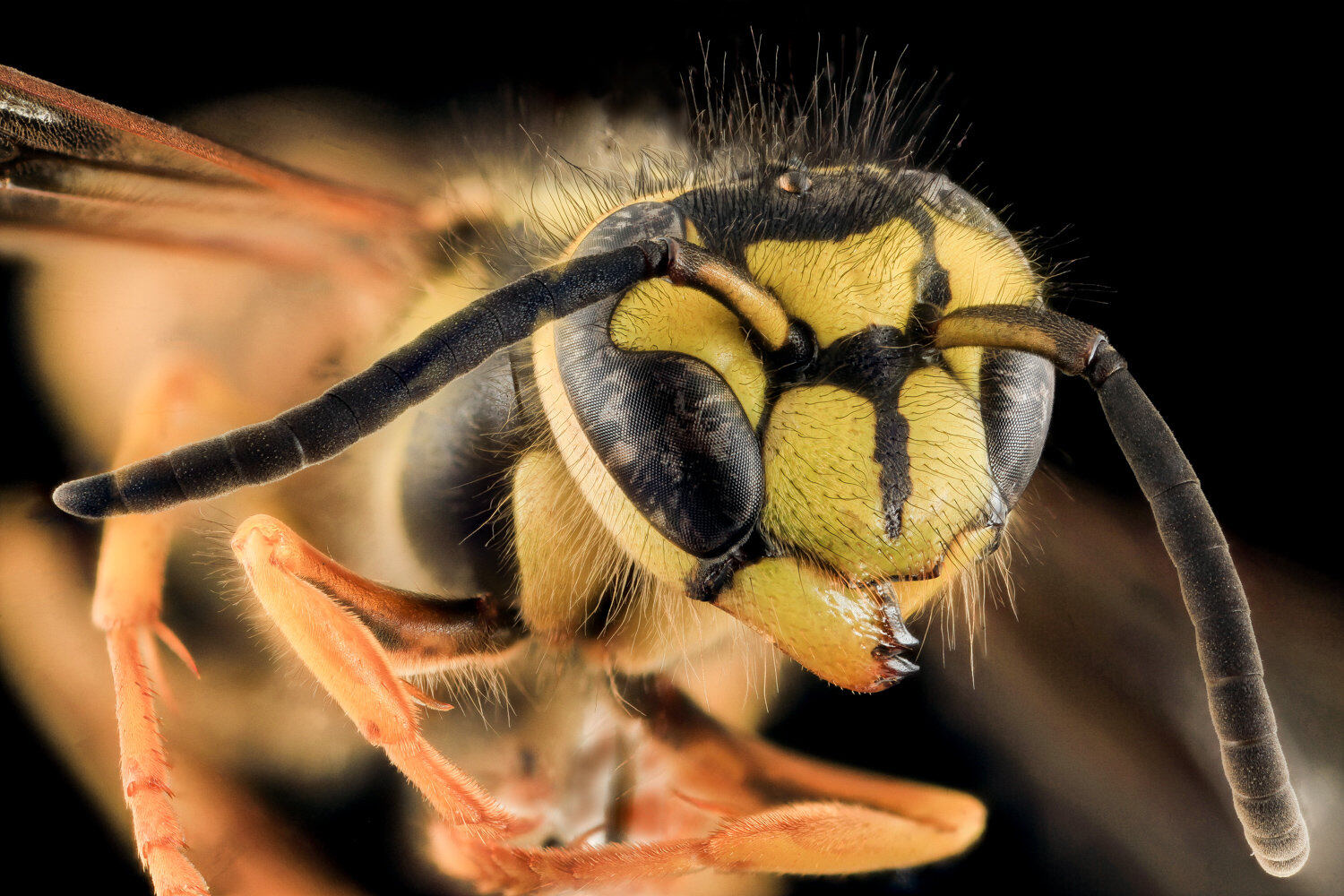
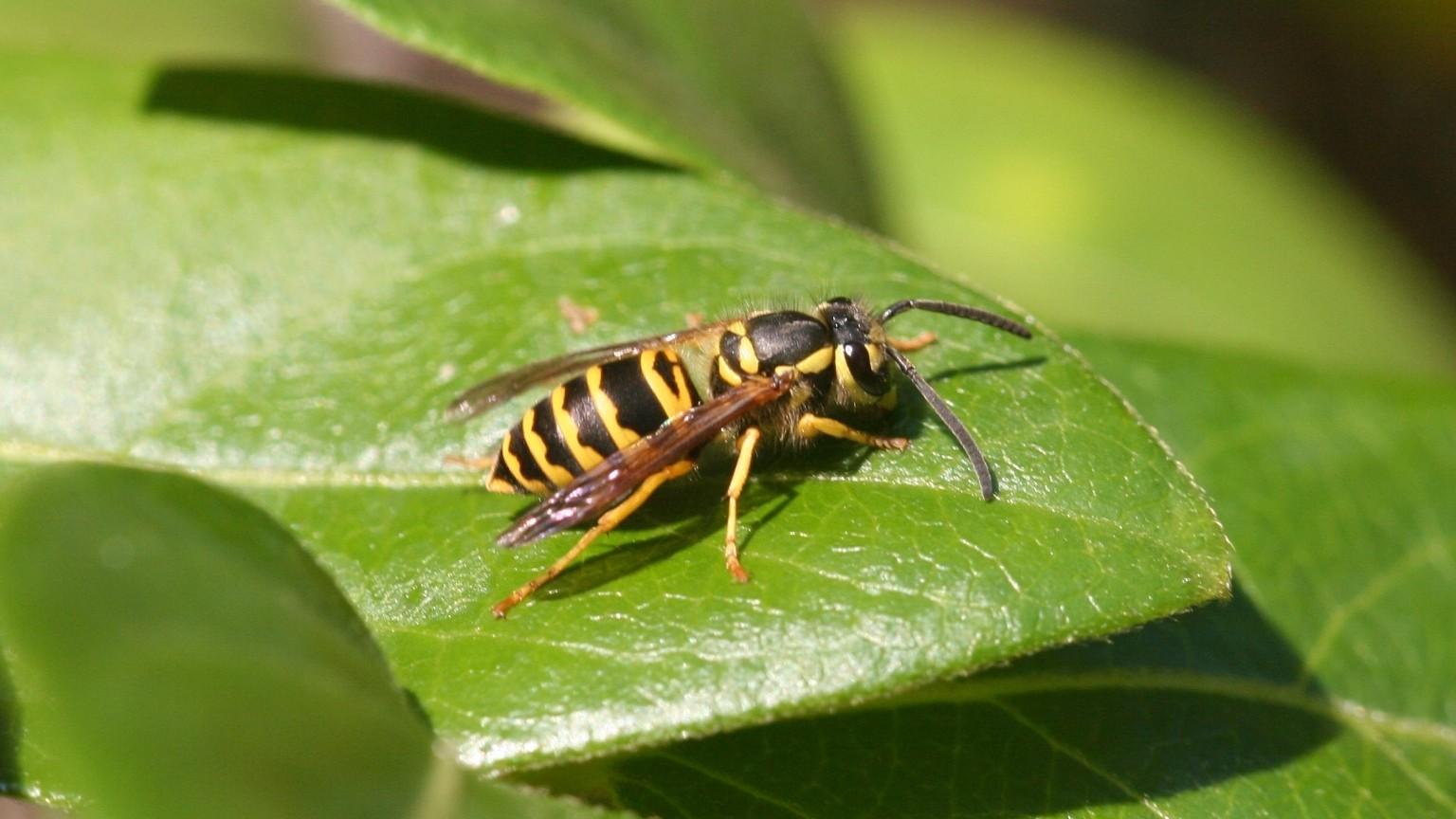
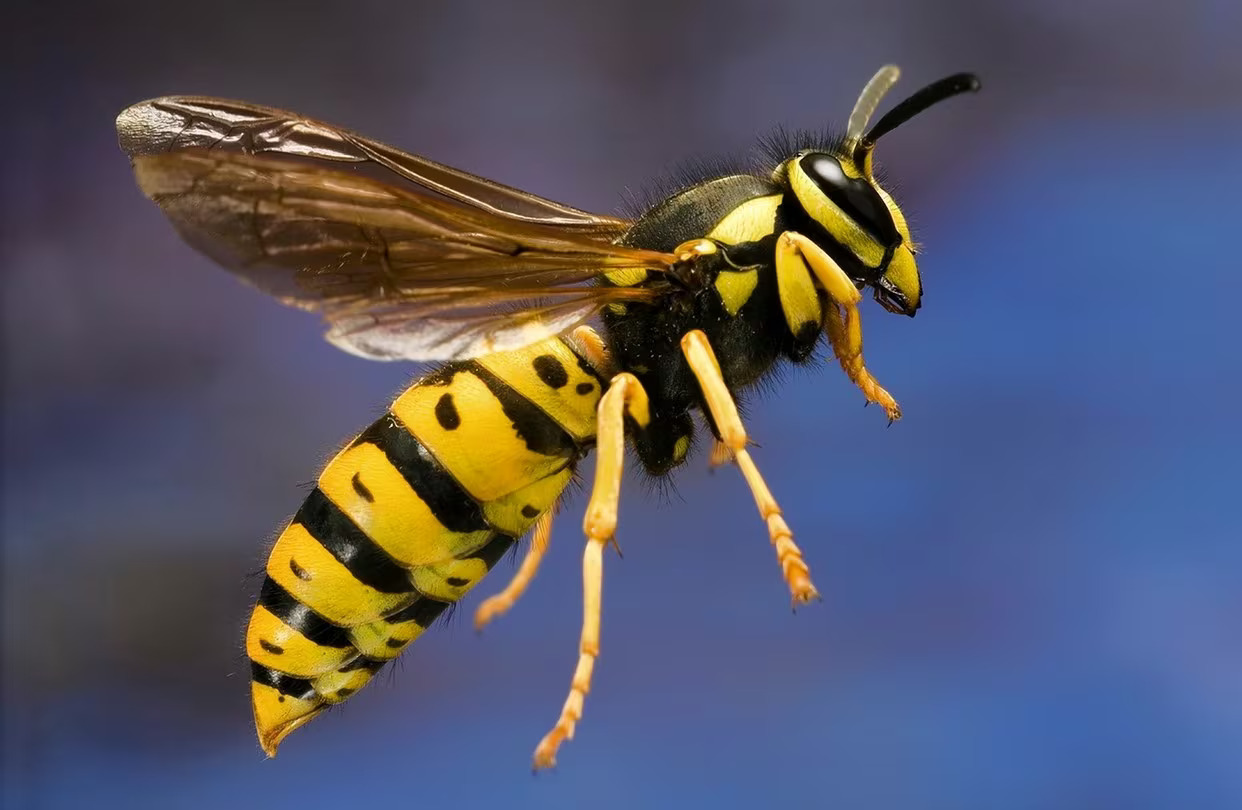
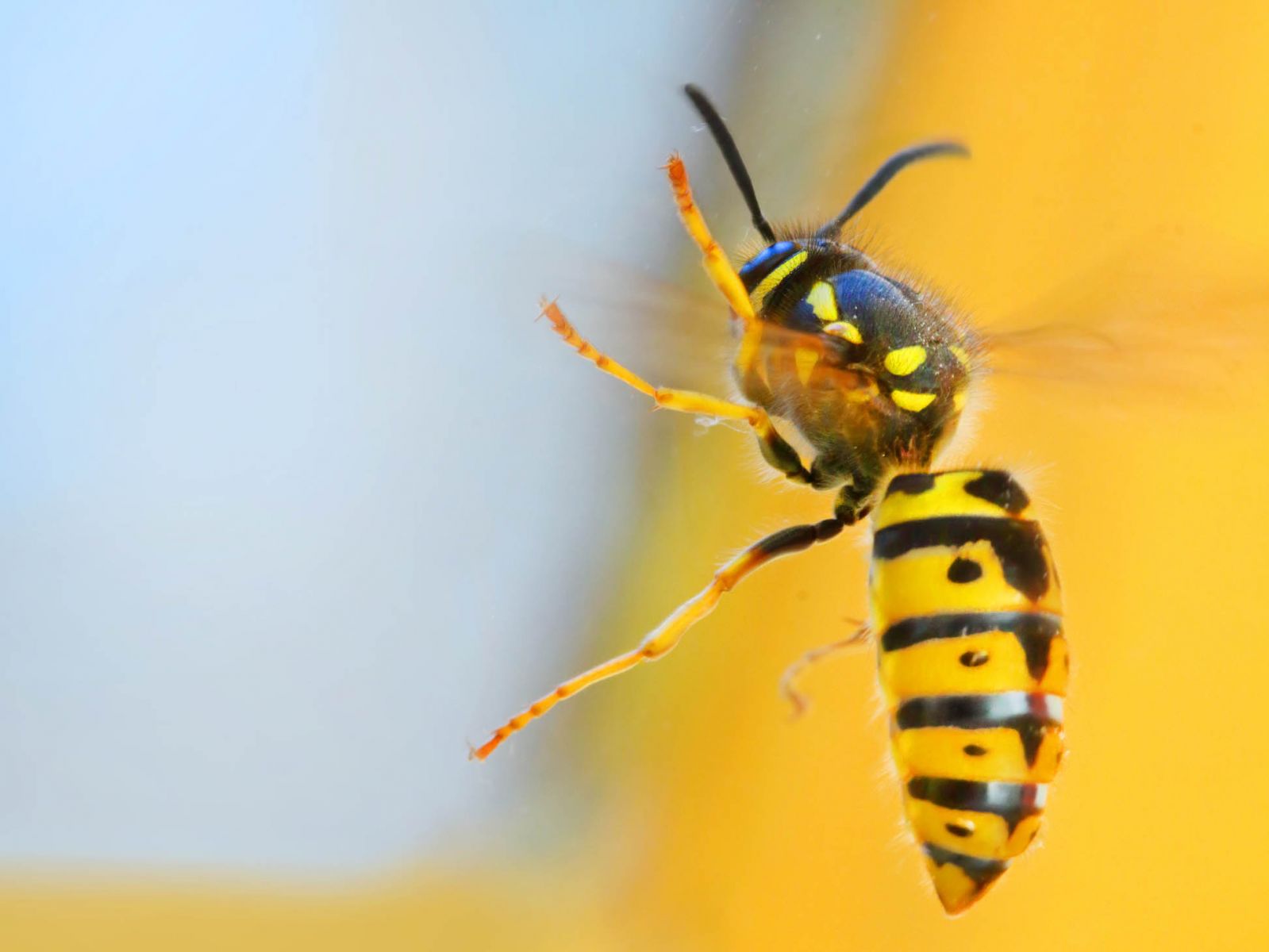

0 thoughts on “How To Eliminate Yellow Jackets In The Ground”